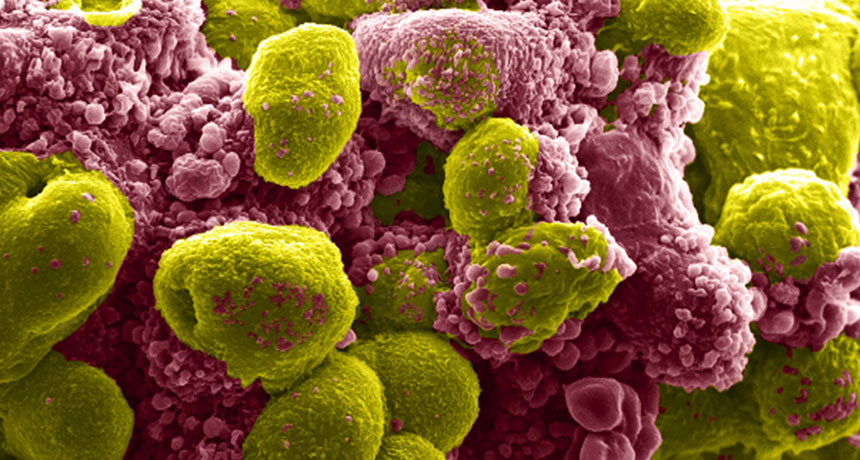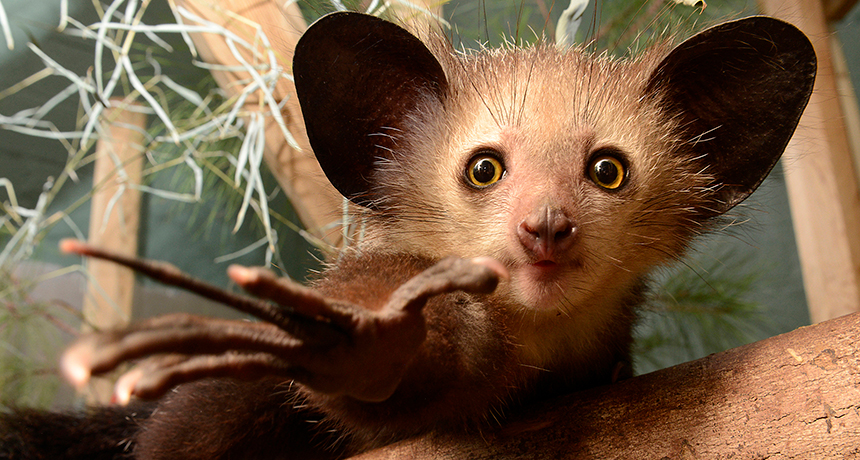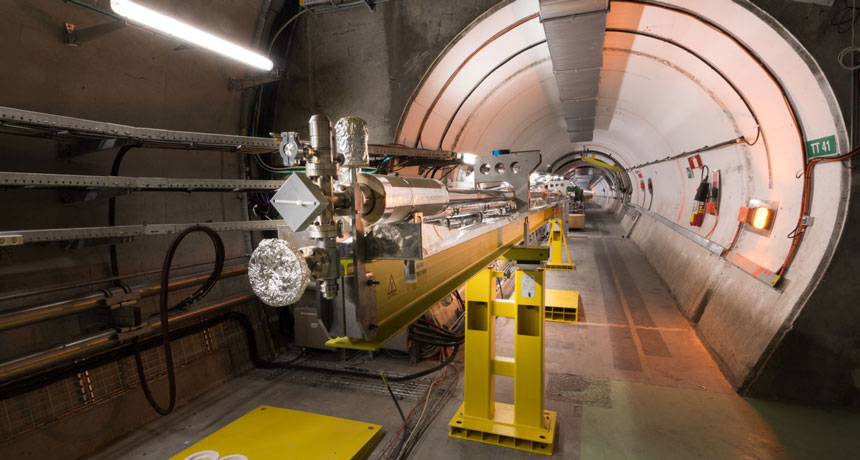Here’s why wounds heal faster in the mouth than in other skin

Mouth wounds heal faster than injuries to other parts of the skin, and now scientists are learning how the mouth performs its speedy repairs.
Some master regulators of gene activity work overtime in the mouth to heal wounds without scarring, researchers report July 25 in Science Translational Medicine. Those regulators — proteins known as SOX2, PITX1, PITX2 and PAX9 — are active in skin cells called keratinocytes in the mouth, but not in skin cells from the arm. The regulators hold down inflammation that can lead to scarring and turn on molecular programs involved in cell movement and wound closure, say the researchers, from the University of California, San Diego and the National Institutes of Health in Bethesda, Md.
Knowing how the mouth performs its speed healing may eventually lead to therapies that fix skin sores without forming scars. Because the regulators are involved in many biological processes, including guiding an organism’s development, scientists need to discover which of these processes is important for wound healing, says Luis Garza, a skin researcher and dermatologist at Johns Hopkins School of Medicine. The study may provide some clues.
Researchers made small wounds in both the mouths and the inner upper arms of 30 volunteers. The mouth wounds healed about three times as fast as the wounds made in the arm skin — on average at a rate of about 0.3 millimeters a day in the mouth compared with less than 0.1 millimeter a day on the arm. Reducing amounts of PITX1 and SOX2 in mouth keratinocytes grown in lab dishes altered the activity of genes involved cell movement. Boosting SOX2 levels in the skin of mice shortened healing time — from about nine days to about three.Knowing how the mouth performs its speed healing may eventually lead to therapies that fix skin sores without forming scars. Because the regulators are involved in many biological processes, including guiding an organism’s development, scientists need to discover which of these processes is important for wound healing, says Luis Garza, a skin researcher and dermatologist at Johns Hopkins School of Medicine. The study may provide some clues.
Researchers made small wounds in both the mouths and the inner upper arms of 30 volunteers. The mouth wounds healed about three times as fast as the wounds made in the arm skin — on average at a rate of about 0.3 millimeters a day in the mouth compared with less than 0.1 millimeter a day on the arm. Reducing amounts of PITX1 and SOX2 in mouth keratinocytes grown in lab dishes altered the activity of genes involved cell movement. Boosting SOX2 levels in the skin of mice shortened healing time — from about nine days to about three.
Perhaps it shouldn’t be a surprise that the lining of the mouth and other mucus membranes heal quickly. It may be a product of vertebrates evolving in the ocean, Garza says. “We spent most of our time learning how to repair wounds underwater. So it makes sense that we repair wounds really well on our moist mucosa.”








